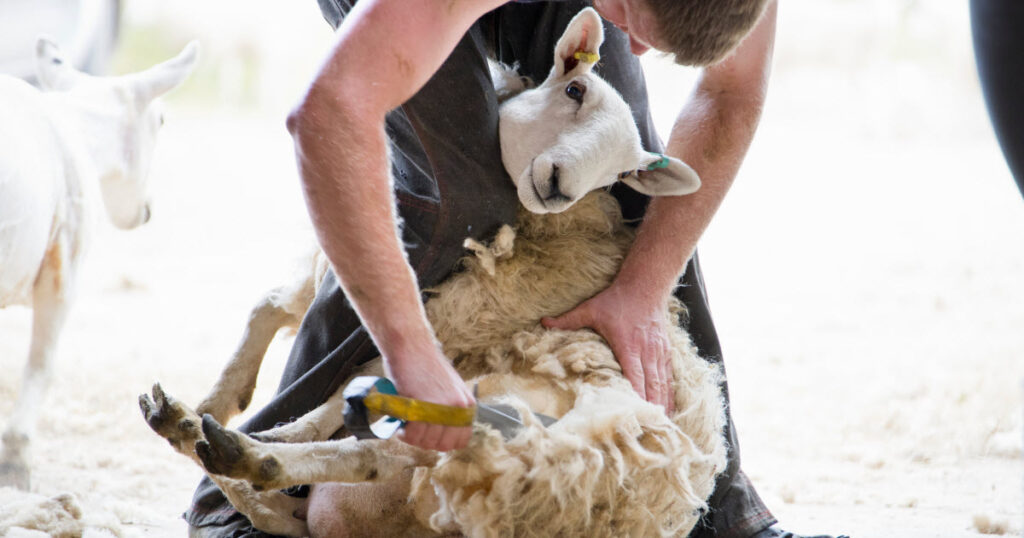



As the business battles the COVID-19-induced labour crisis, training the very next group of shearers will be a top focus in 2022. Acting CEO John Roberts of Australian Wool Innovation said the organisation had poured its “heart and soul” into training as many people as possible to deal with the crisis. “We’ve really built up our novice and improver courses over the last three years,” he added. “A priority will be to push it up even more.” We need to look at not only training shearers here in Australia, but also the Pacific Islander worker programme, which is currently being discussed, and if that programme proves to be successful, we will look into training those individuals as well.
“We’re going to look at everything because we can’t just rely on those New Zealand shearers, even if there isn’t a pandemic,” she says. “By the end of the year, we’ll have another 200 beginner shearers trained and on the stands, but that’s not enough; we need to do more.” Last year, AWI introduced toolkits for learner shearers as an added incentive to improve their abilities. The kits come with a singlet and a gear bag, as well as a Heiniger handpiece with cutter and comb, hollow grinding check stone and pendulum, oil can and comb brush, needle and cotton.
Shearers must finish at least one rookie wool harvesting training course, work as a trainee shearer for a local service provider or contractor, complete a competency-based Certificate II in shearing, and complete at least two AWI ‘in-shed training’ days to qualify for the equipment. The toolkits, according to Mr Roberts, were created to assist keep shearers in the sector. Glenn Haynes, executive officer of the Shearing Contractors Association of Australia’s Shearer Woolhandler Training, said training courses in Victoria and South Australia were fully booked until March, with waiting lists in place. In Victoria and South Australia alone, we began 102 learners in full-time employment in 2022. The primary issue we have is that in the spring, all of the farmers want to shear at the same time.
Farmers who have the best setups, pay quickly, and present their sheep well will be given preference by contractors. “I think a lot of contractors have said in the last 12 months, ‘you’re going to the bottom of the line if you’re not ready to go when we need you… and if you’re not going to have good facilities,’ and in many cases, it’s the producers who have had to wait.”
Article by: Hari Yellina (Orchard Tech)